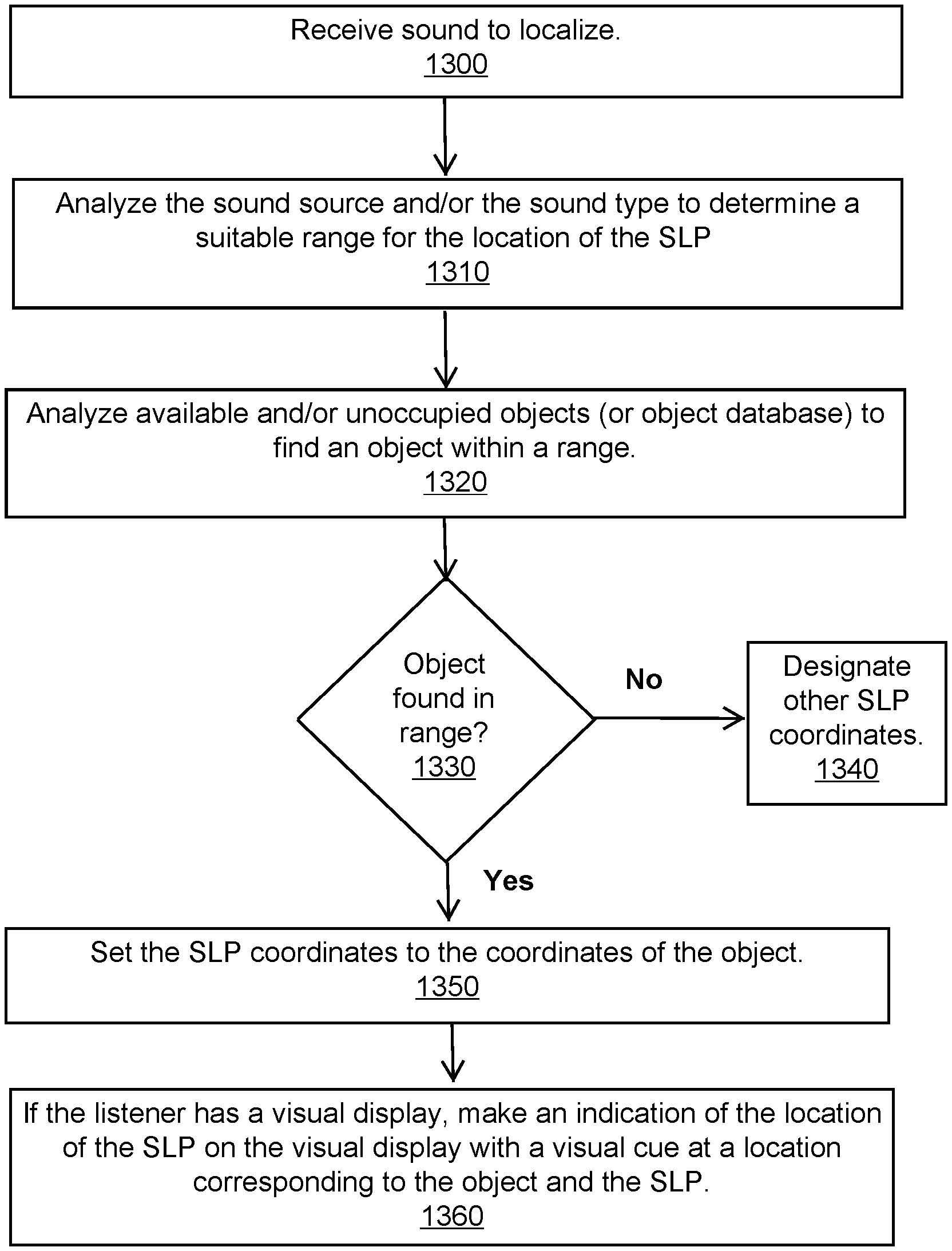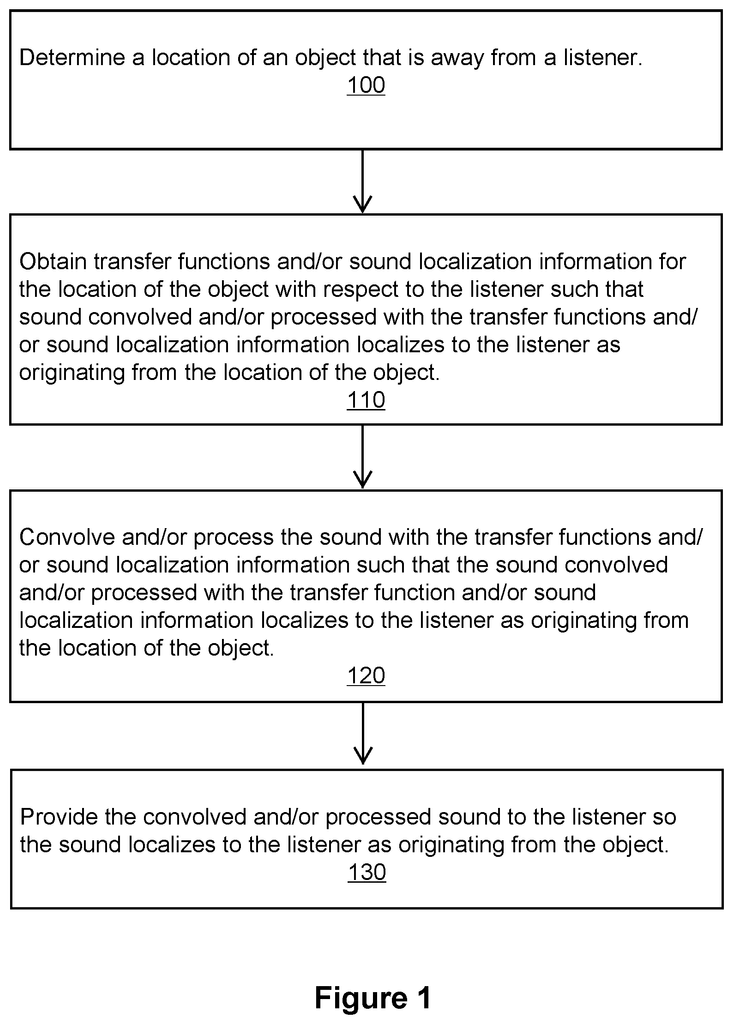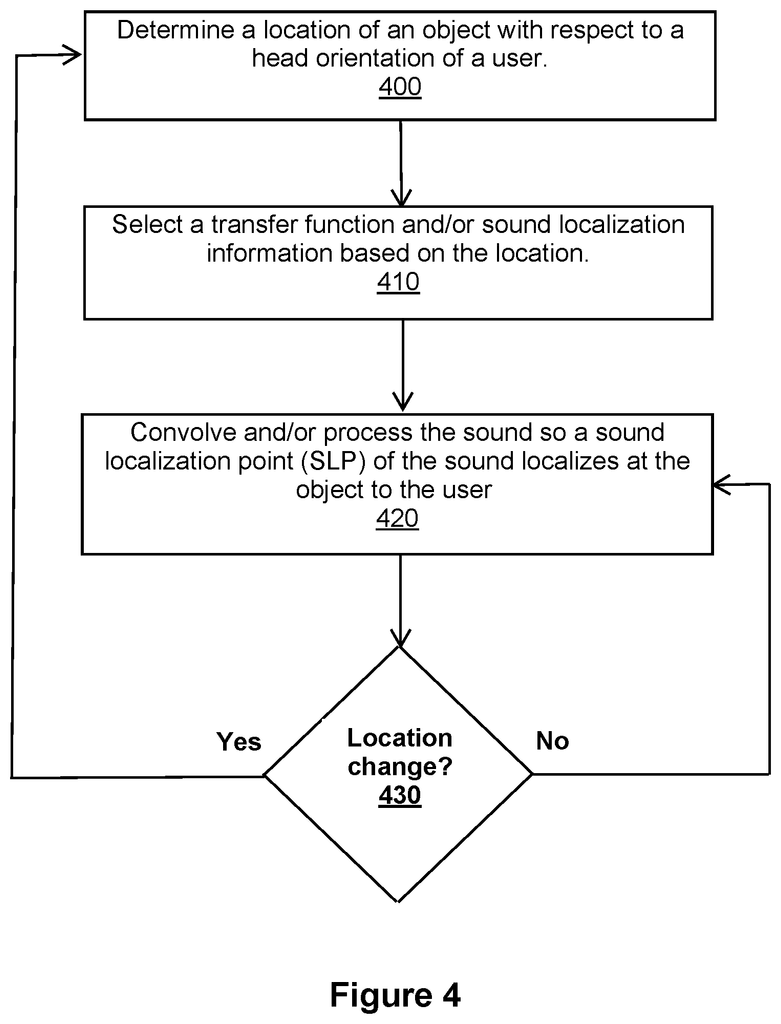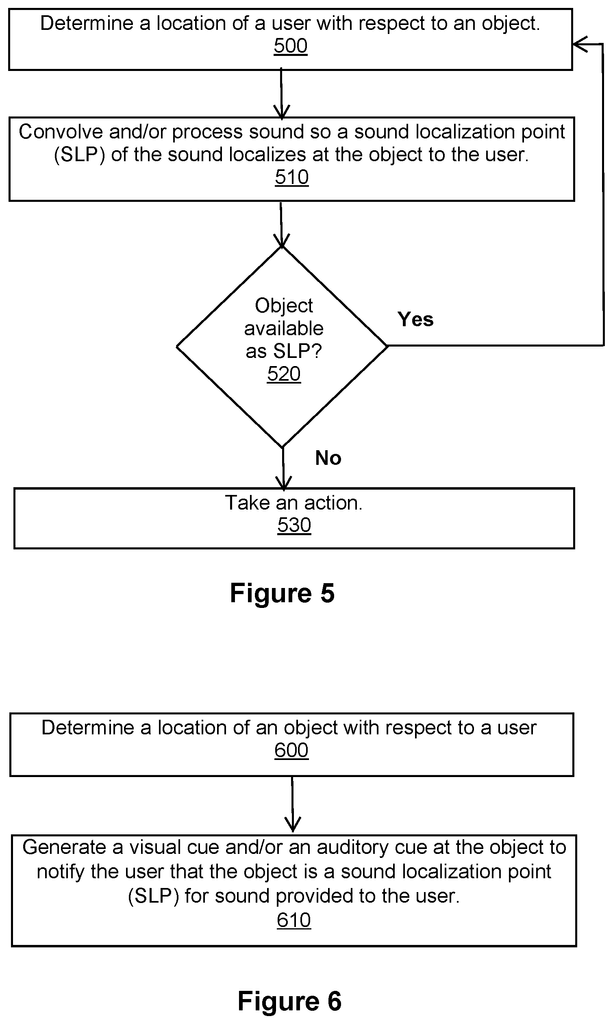Invented by Glen A. Norris, Philip Scott Lyren, Individual
The market for localizing binaural sound to objects is growing rapidly, as more and more industries are recognizing the benefits of this technology. One of the primary industries that is driving this growth is the gaming industry. Game developers are using localized binaural sound to create more immersive gaming experiences, where players can hear sounds coming from specific objects or locations in the game world. This enhances the overall gameplay experience and makes it more engaging for players.
Another industry that is benefiting from localized binaural sound is the film industry. Movie producers are using this technology to create more realistic and immersive soundscapes for their films. This allows viewers to feel like they are part of the action, as they can hear sounds coming from specific objects or locations in the movie.
The music industry is also starting to adopt localized binaural sound technology. Musicians are using this technology to create more immersive live performances, where the audience can hear sounds coming from specific instruments or locations on stage. This creates a more dynamic and engaging performance, as the audience feels like they are part of the music.
Overall, the market for localizing binaural sound to objects is growing rapidly, as more and more industries recognize the benefits of this technology. This technology allows for a more immersive audio experience, which enhances the overall experience for consumers. As the technology continues to improve and become more accessible, we can expect to see even more industries adopting localized binaural sound in the future.
The Individual invention works as follows
An electronic device can identify the location of a physical object far away from a listener. The electronic device condenses sound so that the sound is externally localized as binaural sound to a physical object. The sound is heard by the listener via earphones, so that the sound emanates from the object.
Background for Localizing binaural sound to object
Three-dimensional (3D), sound localization gives people a wealth new technological avenues to not only communicate with one another but also with electronic devices, programs, and processes.
As technology advances, there will be challenges in how sound localization fits into the modern age. Examples of embodiments provide solutions to some of these problems and aid in technological advances in 3D sound localization methods and apparatus.
One example of an electronic device, or computer system that determines the location of a physical item away from a listener, and that condense sound so that the sound externally localizes to the object as binaural sound. The sound is played to the listener via earphones, so that the listener can hear the sound emanating from the object.
Other examples of embodiments are discussed in this article.
Example embodiments include apparatus and method that provide binaural sound to objects.
Sound localization, as it is called, refers to a person’s ability to locate a sound or origin in a direction or distance. However, the human auditory system can only determine the direction and distance to certain sounds. Sound localization can also be used to create a sound source in virtual space using artificial or computer-generated auditory cues. Stereo sound and binaural sound, also known as 3D sound, provide listeners with the ability of localizing sound. However, binaural sounds generally give listeners a better ability to locate sounds in 3D space. A person listening to binaural sounds through an electronic device, such as headphones, earphones or speakers with crosstalk cancellation, can often determine the location of the sound’s origin, even if the location is far away. A person listening to binaural sounds can sometimes determine the direction and distance from which the sound originated.
Binaural sounds offer new opportunities for augmented reality, virtual reality (VR), audio-augmented reality(AAR), gaming and telecommunications. A voice from another person can appear to come from several feet away when they are talking over Voice over Internet Protocol (VoIP). Another example is the appearance of sounds in virtual reality (VR), when a user wears an optical or head mounted display (OHMD), at different places in 3D space around them. These examples provide solutions to specific problems related to binaural sounds, as discussed in the following.
Binaural auditory cues are used by people to locate the origination points for sound. Physical reality, and situations where there is no electronic binaural sound supplement, often the origination point of sound coincides with an object or visual that produces the sound. Although binaural cues alone can be used to determine the origin of a sound, visual cues are often more accurate and quicker than that.
An electronic device that generates binaural sounds and transmits this sound to listeners (e.g. through headphones or earphones) often doesn’t have a visual object or event to verify the location. Contrary to everyday experience, sound impulses are created by something visible. Binaural sounds are presented to listeners with headphones or earphones and the sound localizes at an empty point in space. This can cause confusion or difficulty for listeners trying to find their origin. A listener may have difficulty locating a sound localization spot (SLP) by listening to sound only. This could be due to an unanticipated sound or sound that is not within their line of sight, sound from an unknown source, sound from a distant location, sound from a new location, sound that isn’t familiar, sound from a foreign location, sound from a different location, sound in the listener?s cone of confusion, sound not within their direct line of sight, etc. Even if the sound is coming from an expected location, this difficulty may still occur. The listener might have trouble locating the sound to a particular object or location. These problems can be solved by example embodiments using binaural sound.
Example embodiments provide an example of a physical or virtual percept for a binaural audio sound by allocating a Sound Localization Point to an object and by providing a visual cue to the listener so that they can visually see which object the SLP has been assigned. The object to which an SLP is assigned may be either a physical object, or an area that is close to the listener (e.g. up to 2-3 meters), or far away (e.g. greater than 3 metres). The object may also be virtual, such as an image or video in augmented reality or VR.
In an example embodiment, the visual clue is an image or video that aids the user in confirming or finding the object from where the binaural sound is perceived as emanating for the listener. The object is where the sound is perceived to originate for the listener. The visual cue tells the listener about the location of the object. The visual cue informs the listener where the sound is coming from or will be coming. It also provides visual information that complements or enhances the sound information. The visual cue helps the listener pinpoint the binaural sound to an object. This can be done by using headphones, headphones, helmets, head-mounted displays, smartphones, speakers or other electronic devices.
FIG. “FIG.
Block 100 states determine the location of an object away from a listener.
An electronic device and/or user can determine the location of a physical item relative to a person in a real environment, or a virtual object relative to a person in an AR environment or VR environment. The object can also be located close to the user (e.g. within a few metres, such as zero-to-three meters), or further away (e.g. ten meters to twenty meters, fifty meters to one hundred meters to several hundred meters to one kilometer, etc ).
By way of illustration, to locate a physical object, an embodiment executes or uses one of the following: an electronic tag, global position satellite (GPS), indoor location system (IPS), Internet of things(IoT), sensors and network connectivity and/or communication or any other software or hardware that can recognize or locate an object (such examples discussed herein).
Location may include a general direction such as to the right, left, or above the listener. It can also include the listener’s position, the listener’s location, and the listener’s position behind them. You can also include a compass direction or an azimuth angle or an elevation angle. Or a coordinate location (e.g. an XY-Z coordinate). You can also include general or specific distance information. Specific distance information could be something like 1.0m, 1.1m, 1.2m, etc. The general distance information would include more specific information or include a range such as distances being close-field and far-field, distances greater than one meter and less than one mile, distances between one and two meters, etc.
The location can also be found in empty space, but it is based on the physical location of an object. The location in empty space, for example, is located next to or close to a physical object (e.g. within an inch, several inches, a couple feet, a few metres, a few yards, etc. The physical object. Because the physical object is relative to it, the relative position can be used to provide an approximate location.
Consider an example where a physical object transmits its GPS location to a smartphone (or wearable electronic device) of a user. The WED or smartphone includes hardware and/or the software necessary to determine its GPS location. It also provides a point of orientation or direction of the user. The smartphone or WED calculates the location closest to the object based on the GPS and directional data. This is the SLP. This location is called the SLP.
A portable electronic device, such as a handheld electronic device, HPED or WED, communicates with the physical object via radio frequency identification (RFID), or near-field communications (NFC). This is one example. The portable electronic device may include an RFID reader or NFC reader and the physical object may have a passive, active RFID tag, or NFC tag. This communication allows the portable electronic devices to determine the location and other information about the physical object relative to the portable electronic devices.
A portable electronic device can read or communicate with an optical tag (or quick response (QR), code) that is on or near the object.” The physical object may include a matrix or two-dimensional barcode, while the portable electronic device (PED) has a QR code scanner, other hardware, and/or software that allows the PED to read this barcode.
Another example is that the PED contains Bluetooth low energy hardware (BLE) or any other hardware that makes the PED a Bluetooth enabled device or Bluetooth Smart device. The physical object is equipped with a Bluetooth device (such as a button cells) and a battery so that two Bluetooth enabled devices (i.e. the PED or the physical object) can wirelessly communicate and exchange information.
Click here to view the patent on Google Patents.





